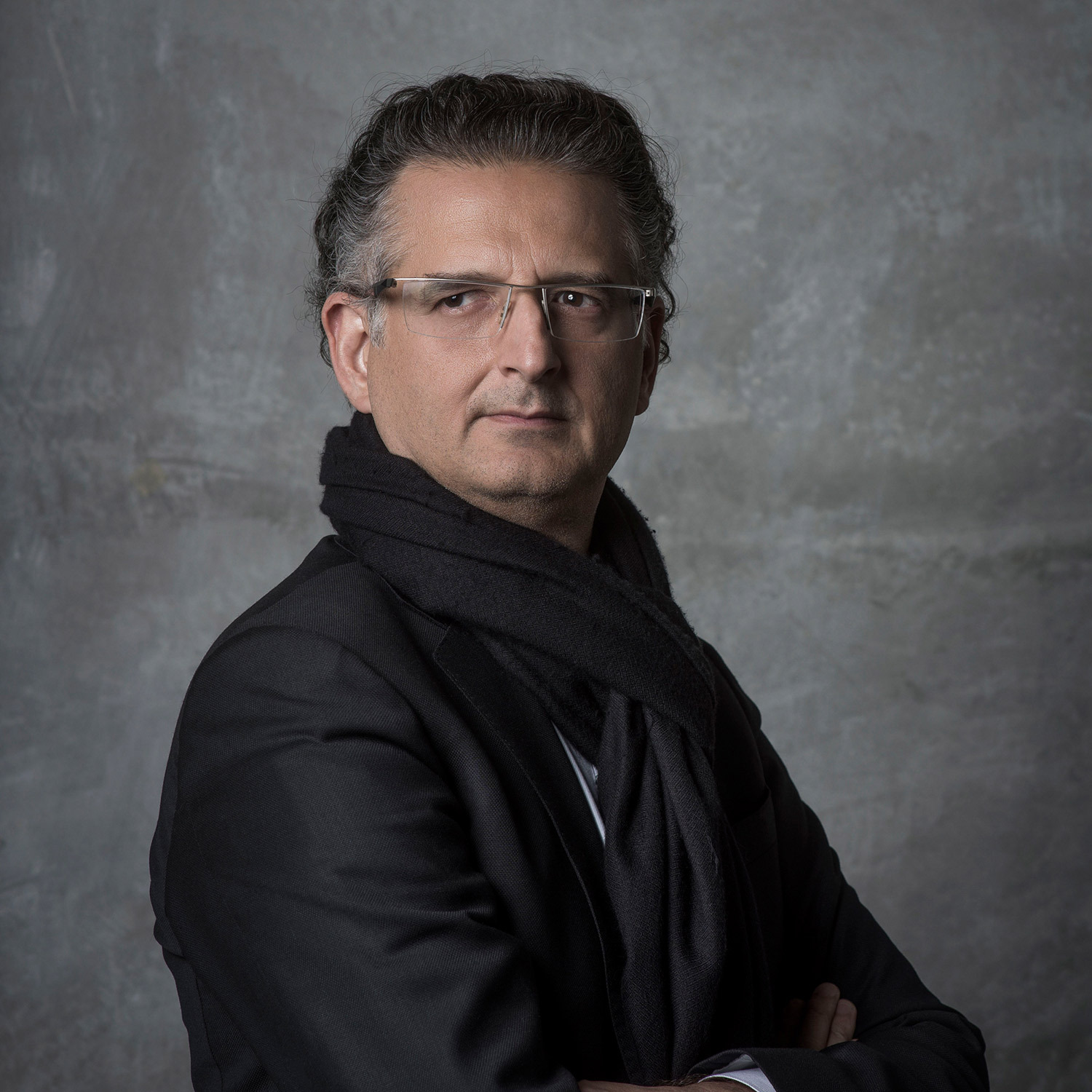Ali Rahim: Catalytic Forms

Ali Rahim is Professor of Architecture and Director of Advanced Architecture Design (MSD-AAD) at the University of Pennsylvania Weitzman School of Design. He is Co-Director of the New York and Shanghai based architectural firm CAP. Rahim has served as the Studio Zaha Hadid Visiting Professor at the University of Applied Arts (die Angewandte) in Vienna, Louis I. Kahn Visiting Professor at Yale University, Visiting Architecture Professor at Harvard University, and Visiting Professor at SCI-Arc.
Rahim's books include Catalytic Formations: Architecture and Digital Design (2012, China Building Press, Beijing); Catalytic Formations: Architecture and Digital Design (2006, Routledge, London); Turbulence (2011, Norten and Company, New York); and four edited issues of Architectural Design AD, Impact (2021) and Elegance (2007), both co-edited with Hina Jamelle, Contemporary Techniques in Architecture (2002), and Contemporary Processes in Architecture (2000) and Future Airports (2020), Asset Architecture 1, 2, and 3 (2016, 2017, 2018, ORO) and Catalytic Forms (2022, Routledge, London).

Ali Rahim and Hina Jamelle. CAP - Contemporary Architecture Practice. Choisy Axonometric of Tencent Headquarters, Xi’an, China.
This lecture, inspired by the upcoming book Catalytic Forms, heralds a paradigm shift in digital design within contemporary architecture. It navigates the evolving landscape, addressing the divergence between material and immaterial theoretical realms stemming from the ascendancy of digital design. Pioneering a departure from exhausted quantitative frameworks, Rahim advocates for a synthesis with more substantive measures of design intent. Woven into its narrative are insights drawn from contemporary philosophy, aesthetics, science, and culture.
These are explored through in-depth discussion of recent projects from Contemporary Architecture Practice (CAP), which challenge conventional architectural logic. Rahim aims to show how a new conception and approach to architectural details, when reframed through a contemporary lens, can become potent catalysts across scales—from intricate interior interventions to monumental civic structures and expansive urban designs. He also endeavors to instill a fresh culture of making that nurtures profound engagement with the material impacts of architecture on the world, inviting architects and scholars to embark on a transformative journey into the evolving discourse of digital design.